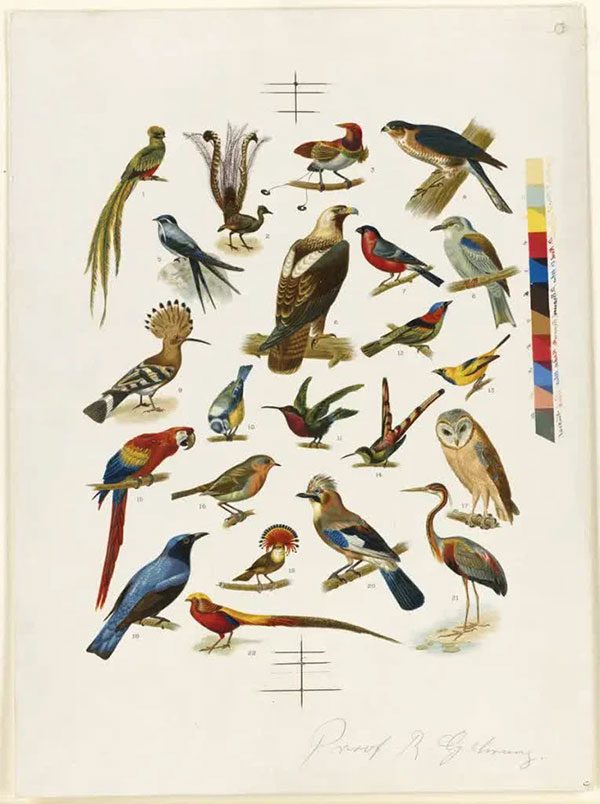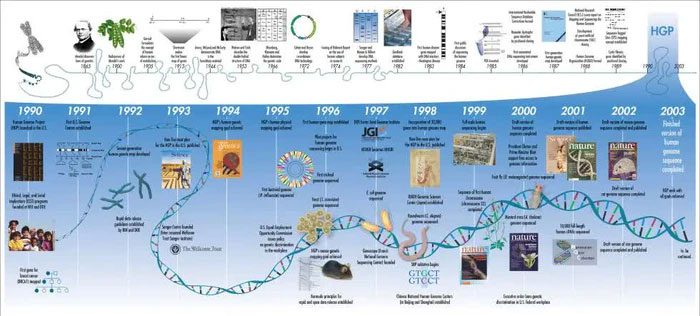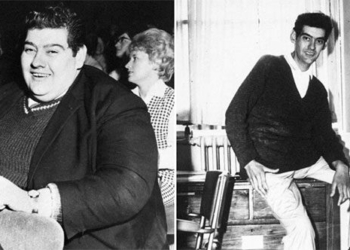The evolution of birds and their ability to fly is one of the most fascinating aspects of nature. For centuries, humans have dreamed of flying and exploring this world just like they do.
The idea of humans sprouting wings and taking flight has captivated our curiosity since ancient Greek mythology, but could this fantasy become a reality?
With recent breakthroughs in genetic engineering, we may explore the possibility of altering human genes to grant humanity the ability to experience what was once limited to birds.
Exploring the Genes That Enable Birds to Fly
The evolution of birds and their ability to fly is a captivating aspect of nature. For centuries, humans have dreamed of flying and exploring the world on their own. But what do humans need to grow wings? To answer this question, we must examine the genetic basis of flight in birds.

For centuries, humans have dreamed of flying and exploring this world.
We know that there are many genes involved in the development of flight capabilities in birds—some genes control feathers and wings while others regulate metabolic functions and energy production. However, what makes these genes different from those found in mammals? To understand this difference, we must look into the evolutionary history of birds.
Birds evolved from reptiles millions of years ago, developing adaptations like feathers and wings that enable them to soar through the sky. We now also understand that hormones play a crucial role in activating birds’ flight capabilities—they are necessary for maintaining muscle tone and controlling other bodily functions essential for flight. In addition to hormones, gene mutations also play a role in the development of wings in birds throughout their evolutionary history.
But how are these genes different from the gene set of mammals? Recent research has revealed intriguing differences between the gene sets of birds and mammals—the bird genome contains more copies of certain genes compared to that of mammals, which may explain why they can fly while mammals cannot.
Accordingly, scientists will need to consider what is necessary for humans to grow wings through gene modification by looking into the evolutionary history of birds and their flying abilities; investigating the role of hormones; comparing the gene sets of birds and mammals; and analyzing how gene mutations are responsible for winged flight in birds.

Birds evolved from reptiles millions of years ago.
Examining Bird Genes to Identify Key Genes
Exploring the genome of birds to uncover the genes responsible for flight is an exciting and complex pursuit for scientists.
By cross-referencing genetic material among bird species that have independently evolved the ability to fly, researchers have been able to pinpoint critical mutations that enable birds to develop wings, feathers, and other structures necessary for successful aerial movement.
This not only helps us understand how these creatures achieved their unique capabilities, but may also provide us with insights into new methods for achieving human flight.
While there are ethical considerations that must be addressed before any significant progress can be made towards this goal, the potential implications of unlocking such technology make it a worthwhile endeavor.

Researchers have been able to accurately identify crucial mutations that allow birds to develop wings.
Comparing Human Genes to Bird Genes
Research on human and bird genomes has highlighted the differences between the two species, with birds showing a much faster rate of evolution compared to humans.
This has allowed birds to develop specialized adaptive activities such as flight, while some of the genes responsible for this remain poorly understood. To gain a deeper understanding of how wings form, scientists have studied both protein sequences and bone structures to identify any potential modifications that could allow humans to take flight.
While gene manipulation could theoretically provide a solution, there are numerous ethical considerations that need to be taken into account before pursuing this further.

The prospect of humans achieving the ability to fly through gene editing is an exciting one.
Potential Ethical Implications of Achieving Flight
The prospect of humans achieving the ability to fly through gene editing is an exciting one, but it’s important to consider the potential ethical impacts of such a technology. We must account for the safety and health risks associated with human flight, as well as the potential implications of altering the balance of power among species. It is also important to question how much control humans should have over their own evolutionary process and whether flying should become a privilege or a right.
When considering safety and health risks, we must ask whether the human body can withstand the rigors of flight. Does flying pose any additional risks that could affect our physical or mental health?

If humans could fly, what impact would this have on other species?
We must also consider what kind of changes are necessary for us to obtain wings—would these changes pose risks to us? Moreover, if humans could fly, what impact would this have on other species? Would it alter the balance of power between birds and mammals? How would other species adapt if humans could fly?
Another ethical issue to consider is the extent of human control over their own evolutionary process. Is it appropriate for humans to modify their own genomes to achieve abilities that nature has not provided? Should flight become a privilege or a right? Who should have access to this technology and who should not?
Ultimately, if this technology becomes available, what consequences might its use entail? Could it lead to further inequalities between those who can afford gene editing and those who cannot? What legal or regulatory issues could arise from its widespread use? These are just a few of the questions we must consider as we explore the potential ethical implications of human flight.





















































